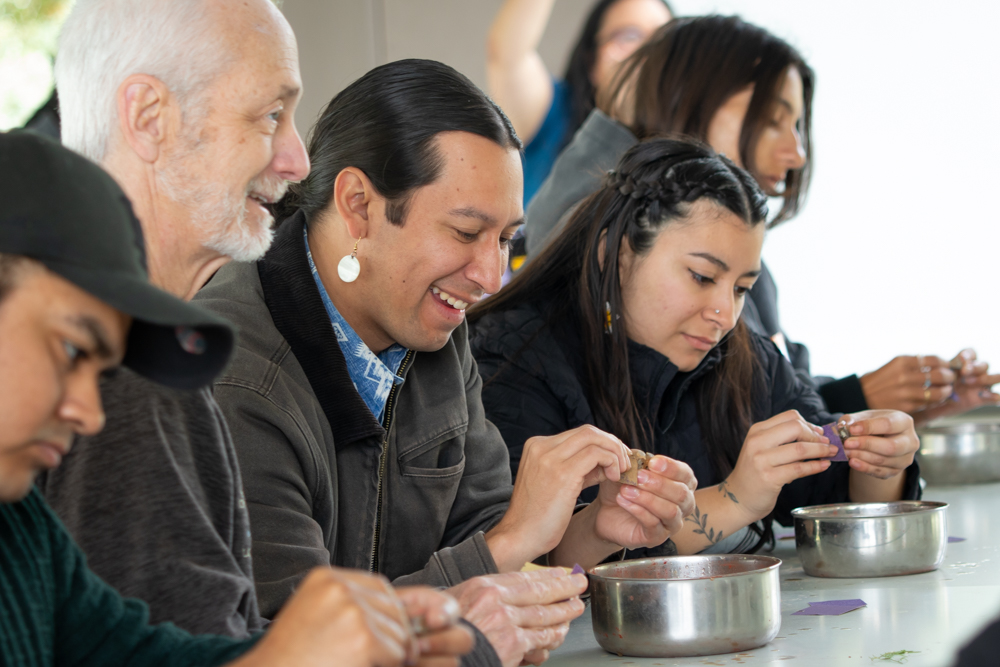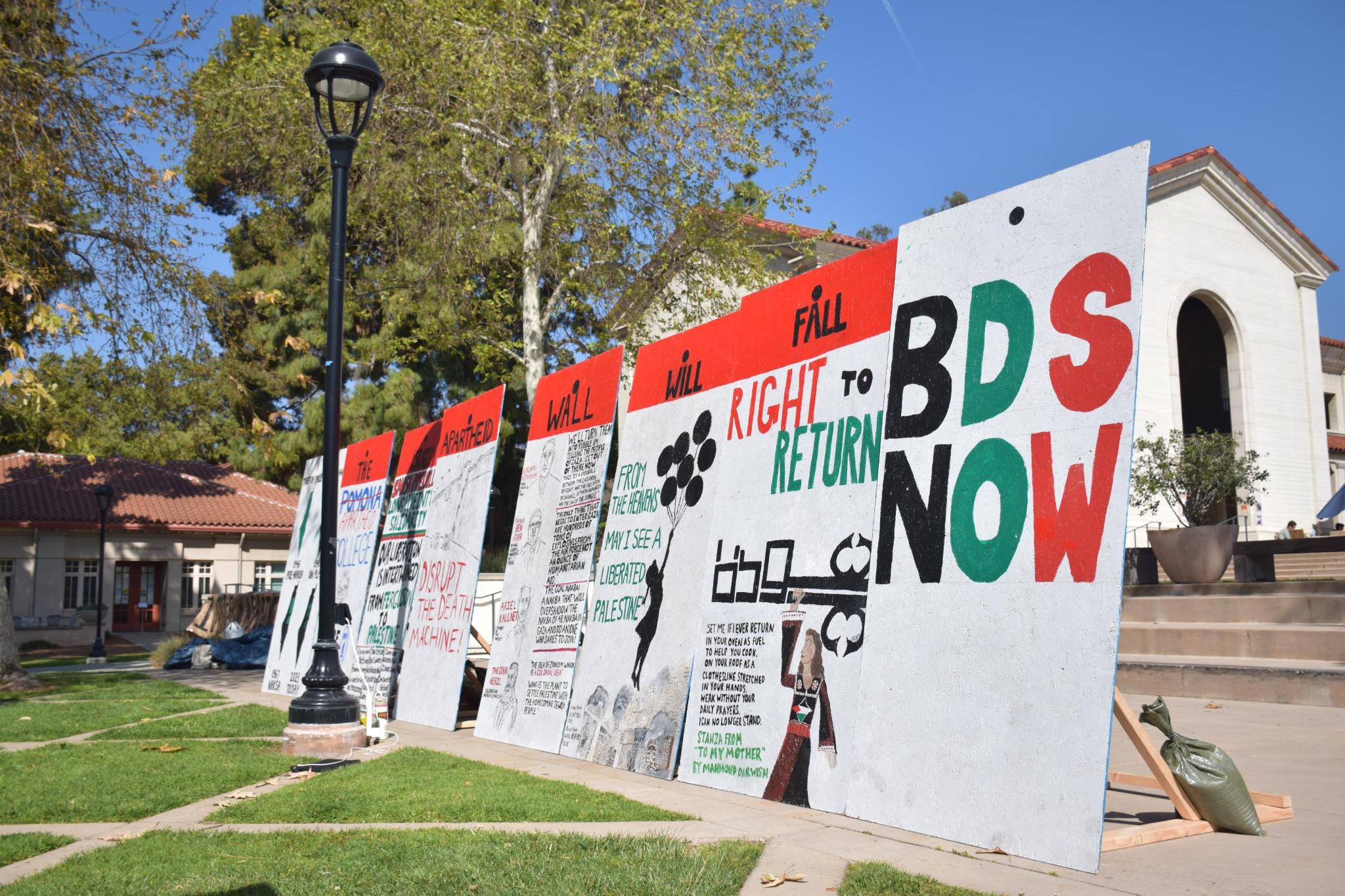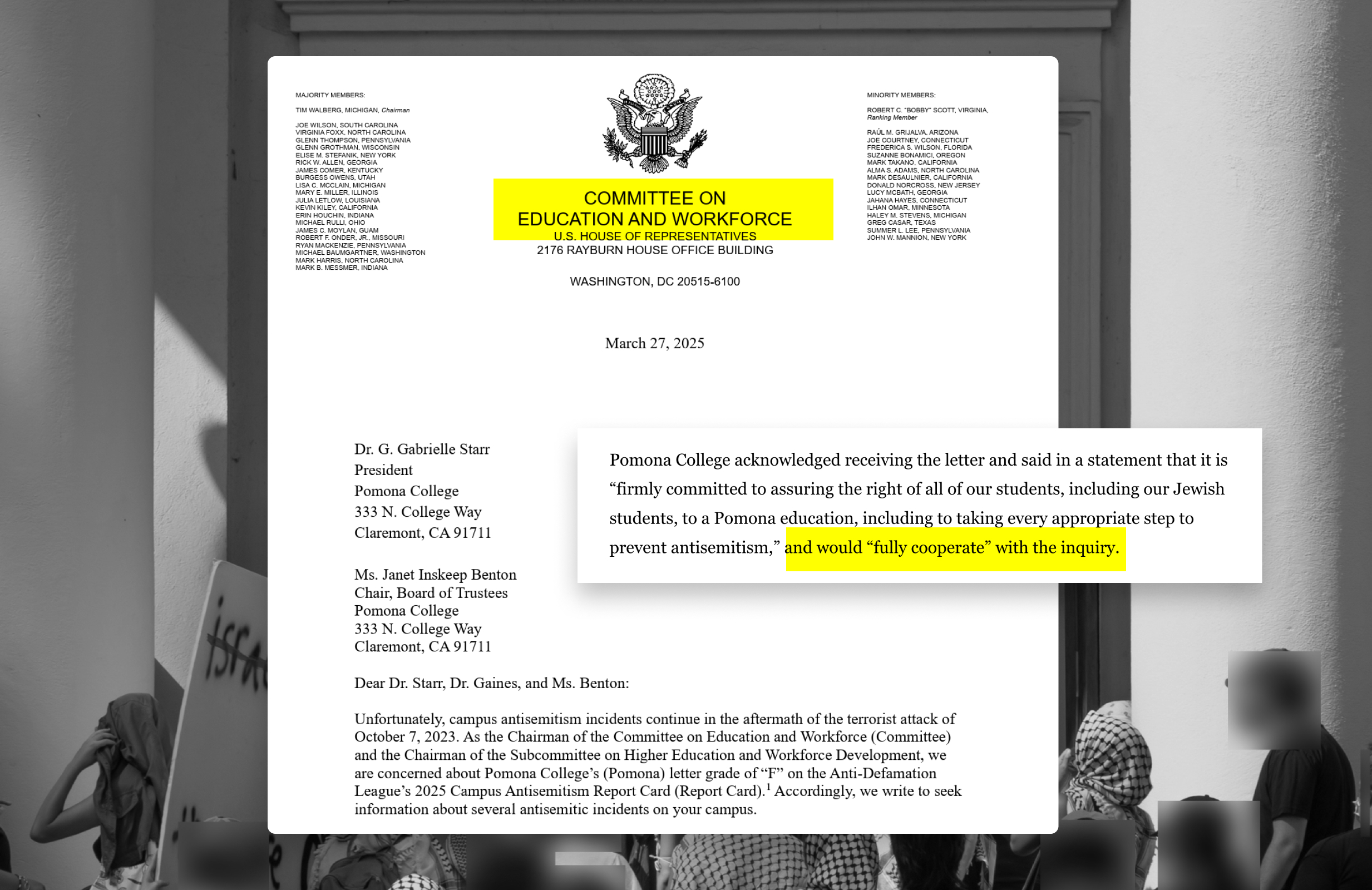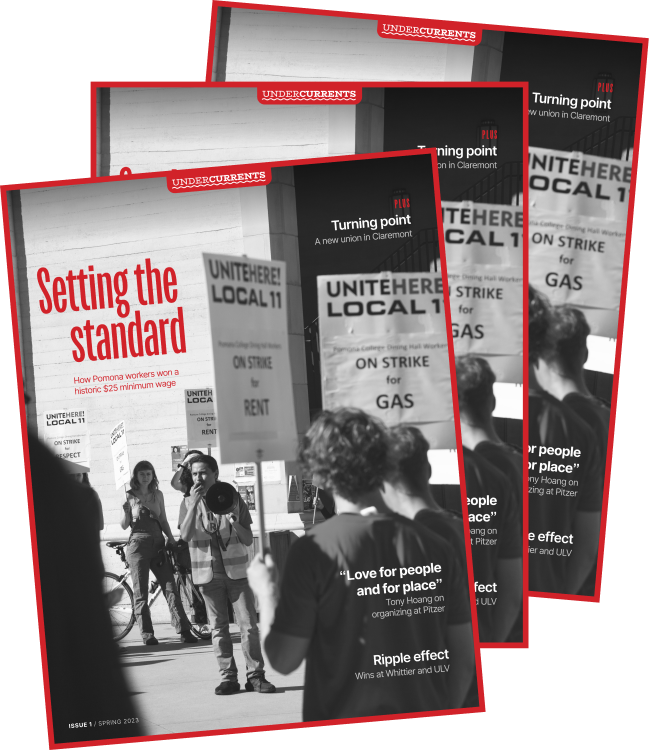
April 15, 2025
The Claremont Native Indigenous Student Union along with Pitzer’s Native Indigenous Initiatives hosted a conference focusing on Indigenous knowledge structures with workshops from Native and Indigenous professors and community members.

On March 29, the Claremont Colleges Native Indigenous Student Union (NISU) and Pitzer College’s Native Indigenous Initiatives (NII) organized an all-day summit, “Our Future is Ancestral: Uplifting Indigenous Knowledge Systems” at the Robert Redford Conservancy. The summit included Native and Indigenous community members from Claremont and beyond who shared and celebrated Indigenous knowledge.
After an opening by Tongva elder Virginia Carmelo, the summit began with interactive workshops in Indigenous arts and cultural practices.
Workshop leaders included Lazaro Arvisu (Gabrielino/Tongva, Dieguño/Kumeyaay, Nahua), who led a soapstone carving workshop; Diné artist and advocate Birdie Pulskamp, who led a beading workshop; Carla and Desiree Munoz (Costanoan Rumsen Carmel Tribe), who led a workshop on Ohlone storytelling and dance; and Laurie Steelink (Akimel O’otham), who led a personal zine making workshop.
“As Native and Indigenous people, our methods of sharing knowledge with one another have survived all attempts of erasure,” the program for the event stated. “Knowledge is not just something we store in books or institutions — it is alive, passed through breath, movement, and memory. It lives in our songs, in the way our elders speak, and in the stories passed through generations.”
Jansikwe Medina-Tayac PZ ’25, a Piscataway and Colombian student organizer for the event, spoke about the importance of including cultural based workshops led by local native knowledge bearers in the summit.
“I hope [the workshops] changed people’s perspectives of Indigenous ways of knowing,” she said. “[They] deserve to be uplifted and respected in institutional spaces as more than just fun arts and crafts.”
Along with being a member of NISU, Medina-Tayac also works to create spaces for Indigenous community and cultural preservation as the NII Coordinator at Pitzer’s Community Engagement Center and a Youth Workshop Facilitator at Sacred Path Indigenous Wellness Center in Anaheim.
“When you’re raised in an Indigenous community, it’s hard to let go of those kinds of circles,” Medina-Tayac said. “I don’t know how I would’ve been able to make it through college without [making community] for myself.”
As a senior, Medina-Tayac saw this event as a way to give back to the community members she connected with during her time at Pitzer.
“For me, this was a gift of appreciation to the community here to tell the facilitators who participated, the speakers, and everybody who made this possible: you are so important here and you deserve to be uplifted and respected and compensated for your wisdom and for your teachings,” she said. “ This, to me, was more my graduation.”
Later in the day, Medina-Tayac also spoke on a panel alongside Visiting Professor of Art History at Pomona College, Meranda Roberts; Associate Professor of Spanish, Latin American, and Caribbean Indigenous Literatures at Scripps College Claudia Arteaga; and Assistant Director of the Native Indigenous Resource Center at Pomona College Josh Thunder Little. The panel touched on Indigenous methodologies as well as what the Claremont Colleges can learn from indigeneity.
“Something that’s been so beautiful about our Native Indigenous Student Union is how inclusive our space has been,” Medina-Tayac said, in response to a question about the experiences of Native and Indigenous students on campus. “We all have this common struggle of being colonized, of facing erasure, of facing genocide and violence, and of feeling isolated in institutional spaces.”
As a non-Indigenous scholar who specializes in the translation between Indigenous and Western traditions of knowledge, Arteaga spoke about recognizing aspects of Indigenous knowledge systems which are denied or denigrated by Western sources. For example, Indigenous traditions include expansive conceptions of non-human personhood, which sometimes include mountains, rivers, geological formations, or other more-than-human entities that the anthropologist Marisol de la Cadena has called earth beings.
“Agency is not something that resides.. only in the human,” Artegea said during the panel. “Personhood is something that can be recognized in other entities as well.”
However, Arteaga emphasized how navigating translation between systems of knowledge in colonial contexts is not always easy, in and out of the classroom.
“That’s something that I always like to explore with my students: what are the tools that we have, or that we can create respectfully, that challenge these colonial lenses,” Arteaga said.
Arteaga also discussed the difficulties of teaching non-Indigenous students about Indigenous knowledge systems, especially in predominantly white institutions.
“If they want to be empathetic and they want to stand up in solidarity, they have to learn that the condition of solidarity is to not understand everything and to be humble,” Arteaga said. “Challenge your frameworks and challenge your own experience. That’s the best you can do.”
For Medina-Tayac, the summit was an example of how passing on Indigenous knowledge systems can take forms that are not traditionally recognized by colonial universities or archives.
“Just being outside can be a ceremony,” she said. “Just observing and being with non-human relatives can be learning.”
Despite the event’s successes, Medina-Tayac also spoke about the lack of institutional support for students who organize events for the Native and Indigenous community in Claremont.
“Any kind of event like this usually has fallen onto the backs of students,” she said, reflecting how all the people in attendance at the summit were connections personally developed by the student organizers.
Due to this, Medina-Tayac highlighted how community outreach to local Native and Indigenous community members must be prioritized more. “There are very easy ways for the college to do outreach and they don’t,” she said.
“A lot of institutions in general don’t really know how to communicate or work or be in community with Indigenous people, including students,” Roberts echoed during the panel. “ There’s all kinds of different ways of being in Indigenous systems, but people just want the headdresses or they just want you to look a certain way.”
While Native and Indigenous students lead current efforts to connect with Tongva and local Indigenous community members, Medina-Tayac emphasized how the work of building relationships with the Tongva should be shared among all students and faculty at the colleges.
“All students should be striving to do work like this,” Medina-Tayac said. “There’s a responsibility for the institution to foster [relationships between students and the Tongva community], and there’s a responsibility for students to find it. And we as Native students had to work hard to find it, but we did because it was important to us.”
As the Assistant Director of the Native Indigenous Resource Center, Little said he encourages Indigenous and non-Indigenous students alike to learn from Tongva people. “You’re on Tongva land,” he said. “Learn the stories and just go and talk to Native peoples.
Finally, Medina-Tayac emphasized simple measures the colleges could take to support her and her community.
“My suggestion for improving the situation here is probably what everyone has said a million times: more Native professors, more Native staff, more Native students, but have the infrastructure there to support Native students,” she said. “Have a Native Indigenous Studies major, connect more with the community, take the labor off of Native students [to do] those things.”
“We have always been told there is no money for this,” Arteaga said during the panel.
Currently, there is no major available in Native American/Indigenous Studies at any of the Claremont Colleges and only two Native-identifying professors at all of the colleges combined as far as Medina-Tayac is aware — one of whom is leaving next semester. Scripps College is the only school at the 5Cs to offer a Native American/Indigenous Studies minor.
Thinking about the possibility of future summits, Medina-Tayac reiterated the necessity of greater support for Native and Indigenous students at the Claremont Colleges. She gave examples of how stronger institutional support for future summits could include providing more volunteers and funding, as well as access to a shuttle bus instead of vans to help transport attendees to the off-campus Robert Redford Center.
“I can’t imagine anybody doing something like this with the small support that we had,” Medina-Tayac said. “ I want it to continue, but there needs to be more support next time.”


Palestine

Palestine

Palestine

Undercurrents reports on labor, Palestine liberation, prison abolition and other community organizing at and around the Claremont Colleges.

Issue 1 / Spring 2023
Setting the Standard
How Pomona workers won a historic $25 minimum wage; a new union in Claremont; Tony Hoang on organizing
Read issue 1